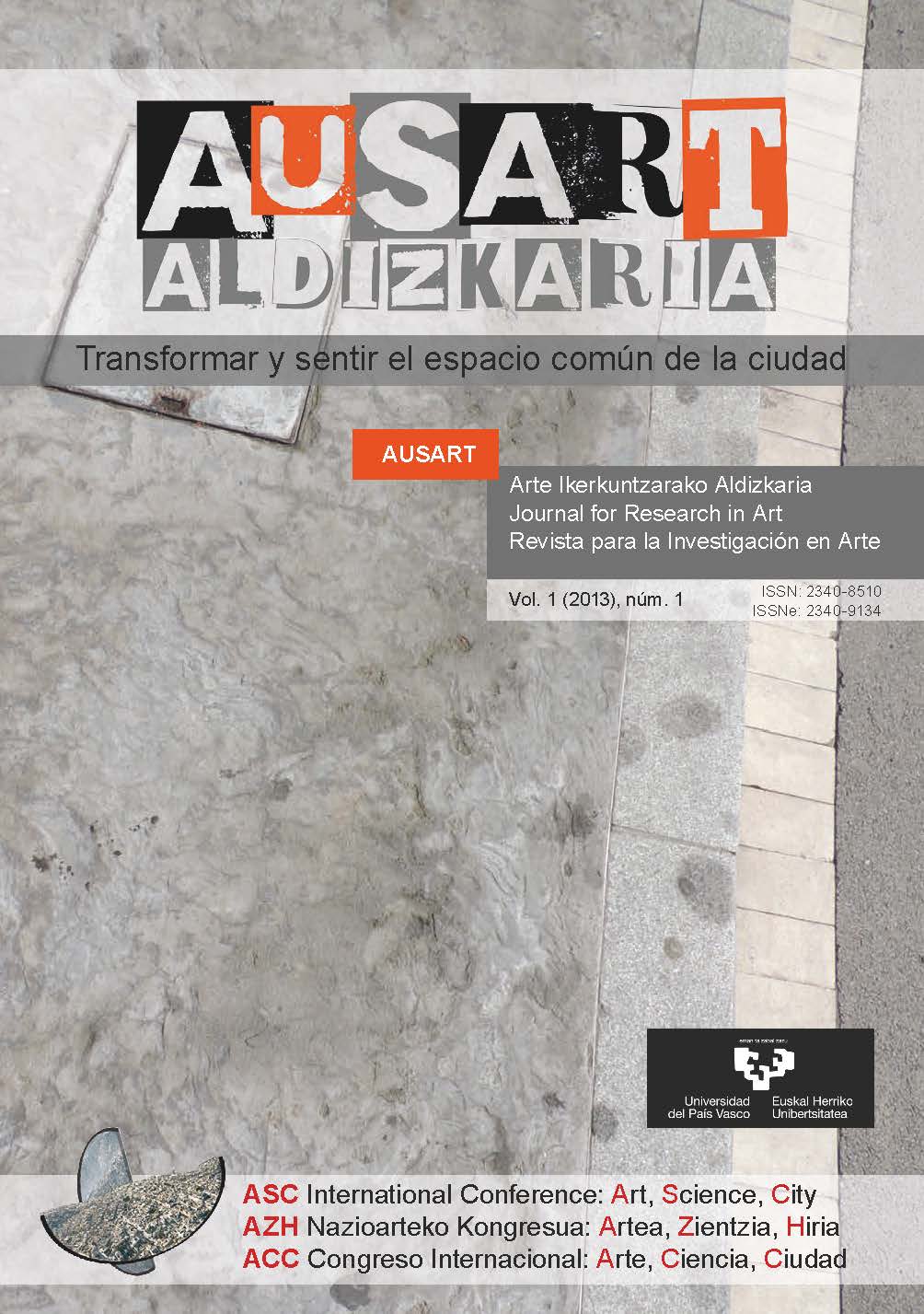Lugares simbióticos entre ciudad y arquitectura Un caso práctico
##plugins.themes.bootstrap3.article.main##
##plugins.themes.bootstrap3.article.sidebar##
Resumen
Giovanni Battista Nolli dibujó, en 1748, la Nuova pianta di Roma, valorando la separación entre espacio público y privado e incorporando gráficamente al primero el interior de los edificios sagrados: las iglesias romanas podrían abrir sus puertas para emplearse como travesías, permitiendo nuevos trayectos urbanos y protagonizando arquitectónicamente lo que entendía como paseos cultos. En el XIX, Walter Benjamin descubrió el cambio introducido en el París moderno por los pasajes comerciales, y explicó en su libro The Paris of the Second Empire In Baudelaire cuánto la modernidad de las metrópolis decimonónicas se ligó a conceptos relativos al deambular romántico. En ambos casos la arquitectura privada (iglesias o pasajes comerciales) transformó la ciudad por donación de sus espacios interiores al sistema de lugares públicos. En el XX, los esfuerzos se centraron en la mejora de la vivienda colectiva, la reconstrucción urbana tras los desastres bélicos o la creación de macrocomplejos de ocio vinculados al consumo inducido. En la actualidad, la expansión urbanística obliga a dos tipos de espacios públicos: los generados por el planeamiento de estándares -conseguir los metros cuadrados ajardinados que marca la normativa- y los interiores de la ciudad histórica densificada, cada vez más degradados y en proceso de despoblación, donde cualquier pieza arquitectónica (nueva o rehabilitada) es una oportunidad ineludible para proponer un lugar abierto a la ciudadanía. En la Escuela de Arquitectura de la Universidad de Navarra se ha ensayado un ejercicio proyectual: la inserción de un edificio singular en una zona de la ciudad con graves carencias de espacio común. Los resultados se exponen en esta ponencia como conclusión sobre la obligatoria aportación de la nueva arquitectura a lo colectivo, desde el punto de vista de la disolución de las fronteras entre lo público y lo privado, o entre el uso concreto y la actividad urbana.
Cómo citar
##plugins.themes.bootstrap3.article.details##
CIUDAD, PROYECTO URBANO, ARQUITECTURA, ESPACIO PÚBLICO, UNIVERSIDAD

Esta obra está bajo una licencia internacional Creative Commons Atribución-CompartirIgual 4.0.

Atribución-CompartirIgual 4.0 Internacional (CC BY-SA 4.0)
Usted es libre de:
- Compartir — copiar y redistribuir el material en cualquier medio o formato
- Adaptar — remezclar, transformar y construir a partir del material para cualquier propósito, incluso comercialmente.

